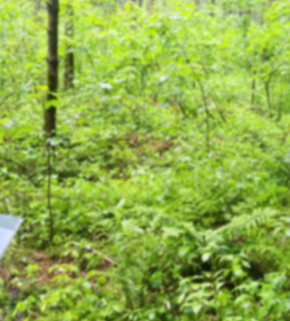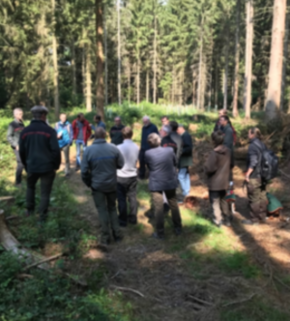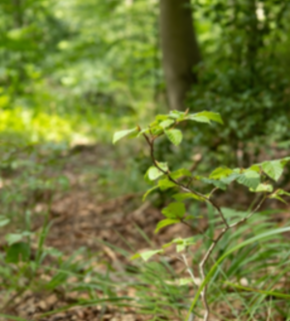
2. Planning and Design

Good planning and design enable you to optimise and coordinate activities to achieve a multitude of goals at stand and at landscape or enterprise level. Without plans, decisions will be made on a case-by-case basis, what may still bring reasonable results on specific indicators for the single location. But for sure you will miss opportunities to optimize a broad range of restoration results at scale across landscapes and over time.
Effective restoration planning and design - whether for individual landowners, large enterprises, or governments - requires integrating ecological, social, legal, and economic considerations across different scales. Based on the identification of restoration targets and goals, and an initial assessment of the forest area in question, your planning and design of the restoration activities can commence. This chapter summarizes some of the key elements that need to be considered, but a comprehensive plan must consider all aspects presented in this Restoration Journey. Besides addressing how to select sites suitable for restoration and considering specific restoration measures, the plan needs to consider financial and legal aspects, the role of stakeholders, as well as identifying risks that may threaten the success of the initiative.
Finally, it is important to remember, the plan’s most important function is to communicate the outcome of the planning process to those people or organisations who will implement the plan, rather than recording the activity of the planner.
2.1 Vision, targets, goals and objectives
Every forest restoration starts with a clear sense of direction. Defining goals, objectives, and a guiding vision helps navigate the many challenges and trade-offs involved in restoring ecosystems.
2.2 Choice of Tree Species and Seed Source
Choosing climate-resilient tree species and seed sources is key to long-term restoration success; and tools can help with this decision
2.4 Restoration plan
A restoration plan is the backbone of any forest restoration effort, translating long-term ecological visions into practical steps. It provides a shared roadmap for action, ensuring goals, activities, and stakeholder engagement are aligned and adaptable over time.
2.5 Finance
Scaling up forest restoration needs diverse, reliable funding - like PES, carbon markets, or subsidies - to ensure long-term ecological and social success.
2.6 Laws and Regulations
Forest restoration must follow legal rules and align with policies. Several policy areas may influence or overlap with restoration goals, therefore it is important to assess potential synergies and trade-offs before implementation.
2.7 Risks and resilience
Managing risks is central to successful forest restoration. Without anticipating future threats, even well-designed projects may fail to deliver lasting benefits.









